According to Mr Ilves, the divorce application is the last part of Estonia's public administration system to be digitized. This means that the small Baltic country bordering Russia has become the first country in the world to fully digitize its public administration procedures.

The country’s online adoption rate is impressive, with around 60% of all divorces initiated through the government’s e-divorce platform since its launch in December 2024. People praise the convenience, simplicity and security of digital services in the private sector, says Ilves. So why are government services any different?
Mr Ilves is the author of a recent joint study with Germany titled “The End of Bureaucracy”. The study highlights differences in digital policies and what Germany, arguably the most modern in Europe, can learn from Estonia. According to the study, about 62% of Germans currently use digital services for administrative purposes, while Estonia has a usage rate of more than 90%.
For example, 90% of Estonians use their national electronic identification (e-ID) to access government services, compared with less than 10% of Germans. The reason is simple: Estonian software is more user-friendly and provides access to both public and private services, including retail banking. Mr. Ilves’ research says that the widespread adoption of digital administrative services also saves taxpayers money. For example, the administrative cost of collecting taxes per capita in Estonia is one-sixth that of Germany.
On the residency front, Estonian businessman Kirill Solovjov of Russian descent said he first used an electronic signature when he received his Estonian e-residency card in 2015. The card, issued by the Estonian government 11 years ago, allows global businessmen to remotely access Estonian administrative services. According to Mr. Solovjov, in Estonia, simply plugging in the e-residency card is easy to verify. Another new service he loves is the digital prescription. Mr. Solovjov explained that once a doctor prescribes a medication, the prescription is automatically saved to the e-residency card and can be accessed from any pharmacy in Estonia, even from neighboring Finland.
To achieve this, Estonia brought the internet and computers to all classrooms and libraries as part of an education program called “Tiger Leap” after its independence in 1991. In 2000, the country of 1.4 million people took a major step toward digitalization when online tax filing was introduced and electronic signatures were legally recognized as equivalent to handwritten signatures. By 2015, all major public services, including health and social services, had been fully digitized.
According to KHANH MINH/Sai Gon Giai Phong Newspaper
Link to original articleSource: https://baovanhoa.vn/nhip-song-so/an-tuong-so-hoa-o-estonia-154915.html


![[Photo] Unique art of painting Tuong masks](https://vphoto.vietnam.vn/thumb/1200x675/vietnam/resource/IMAGE/2025/11/14/1763094089301_ndo_br_1-jpg.webp)


![[Photo] Unique architecture of the deepest metro station in France](https://vphoto.vietnam.vn/thumb/1200x675/vietnam/resource/IMAGE/2025/11/14/1763107592365_ga-sau-nhat-nuoc-phap-duy-1-6403-jpg.webp)









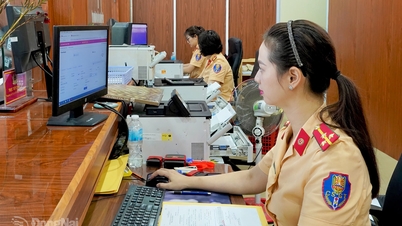




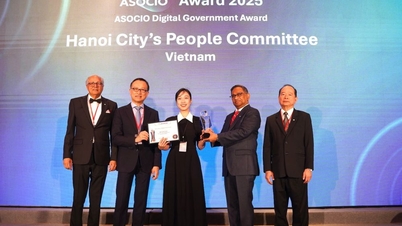

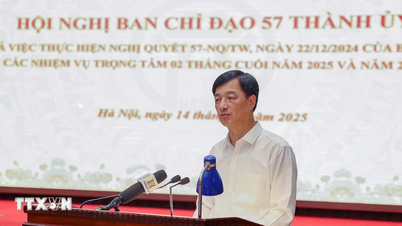


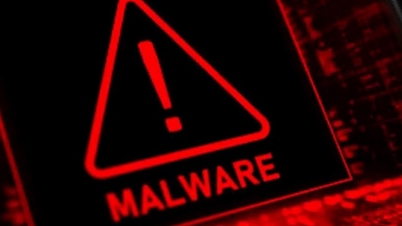











![[Photo] Special class in Tra Linh](https://vphoto.vietnam.vn/thumb/1200x675/vietnam/resource/IMAGE/2025/11/14/1763078485441_ndo_br_lop-hoc-7-jpg.webp)






















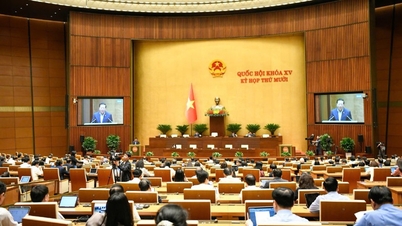


















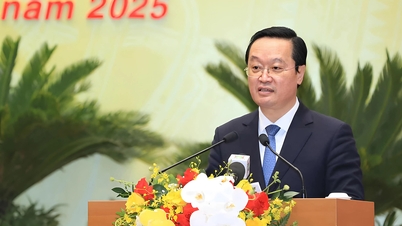


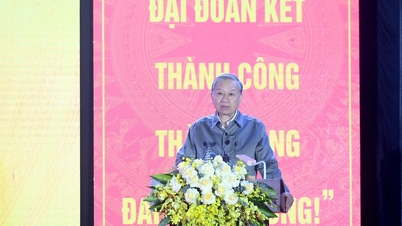











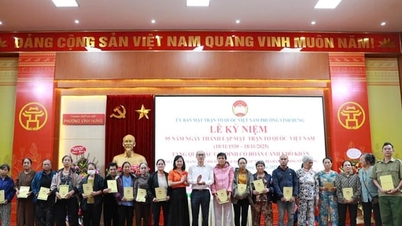

















Comment (0)